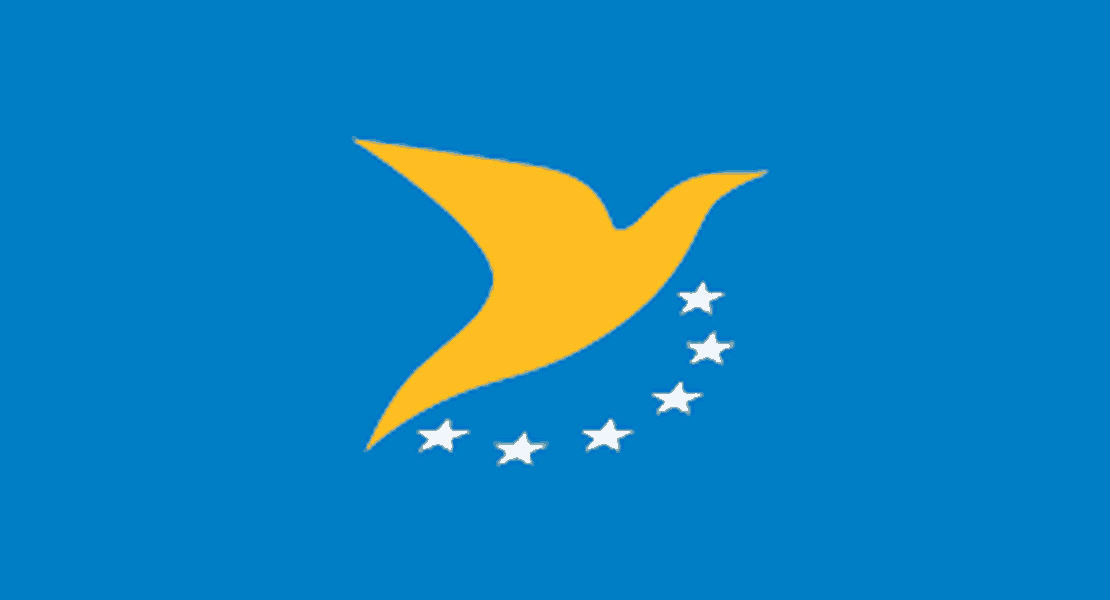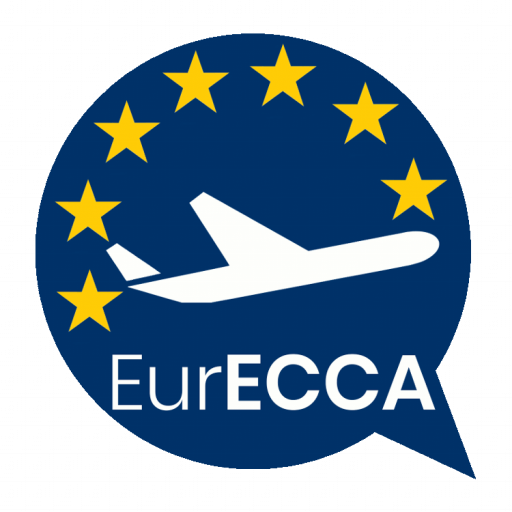Second EASA Workshop on Cabin Crew and Cabin/Passenger Safety
On the 14th of April 2015 EASA organised her Second Workshop on Cabin Crew and Cabin/Passenger Safety. Annette Groeneveld, President of EurECCA, attended the workshop, together with Christoph Drescher, General Secretary, and Xavier Gautier, Vice- President. We combined our presence in Cologne to meet with Patrick Ky, executive director of EASA.
The meeting with Patrick Ky was meant to introduce our organisation to EASA and to discuss the possibilities for EurECCA to contribute her expertise to the rule-making procedures. It was a pleasant meeting in which the EASA director expressed his willingness to cooperate with EurECCA. In the presence of EASA officials from the medical and air operational departments several topics were discussed. The director was interested in how we perceived the safety levels in the different countries where EurECCA is represented and whether we identify circumstances in which safety could be compromised. Of course we also discussed the temporary advice EASA issued in relation to the German Wings accident and the impact on cabin crew.
Cabin Crew Attestation:
The next day we assisted the EASA workshop. The agenda showed a list of EASA speakers who brought us up to speed on the developments of flight standards, certification and the use of electronic devices. The necessary theory that was complemented by presentations from people from the field who commented on the impact of EASA regulations on operators and individuals. One presentation highlighted the fact that hardly any operator exercises their right to only train cabin crew with an attestation for aircraft-type and Operator Conversion Course (OCC) specific elements. Most just give all their new cabin crew an entire initial training, regardless of the cost and time advantages of hiring cabin crew with a valid attestation.
Train the passenger:
The presentation of Barbara Pencik of Aircraft Safety Network from Austria was an eye opener. This company offers cabin safety training to volunteer passengers. She shared with us the conclusions her company was able to draw on the impact of our flight safety demonstration on the actual knowledge of passengers of how to save their lives with life vests, oxygen masks and self service emergency exits. Really paying attention to the safety briefing, even for frequent flyers, turns out very important. Apart from that, it turns out that despite the information given in the briefing, commands given by the cabin crew trigger passengers into action otherwise they simply will not open their seat belts or open the over wing emergency exits.
Her experience with training of passengers with reduced mobility (PRM) leads her to the conclusion that training evacuations with actual PRM’s is necessary to really appreciate the challenges cabin crew will face during an evacuation with PRM’s on board. A couple of video’s showed that blind and deaf passengers benefit enormously from not only verbal briefings, but the opportunity to physically touch a life vest or an oxygen mask. For those passengers it could mean the difference between being able, or not being able, to don vests or masks.
Certification:
Various speakers addressed the developments in the field of certification. The certification of the A350, variants and types , the certification of life vest compartments and of mini suites in first class. The certification issues of the last two subjects relate to the question wether cabin crew is able to check the presence of the equipment, wether the stowage compartment has been tampered with and the condition of the passengers. EASA stressed that feedback from cabin crew on these questions is very important to them and the speakers invited the audience to send their feedback to the agency. Affiliates of EurECCA members can volunteer their feedback on these issues via office@eurecca.aero. We will see to it that the information reaches EASA.


